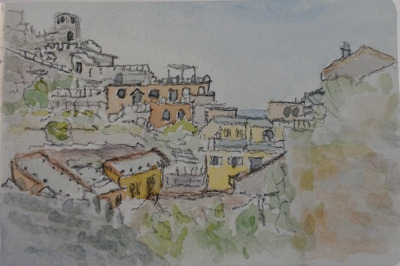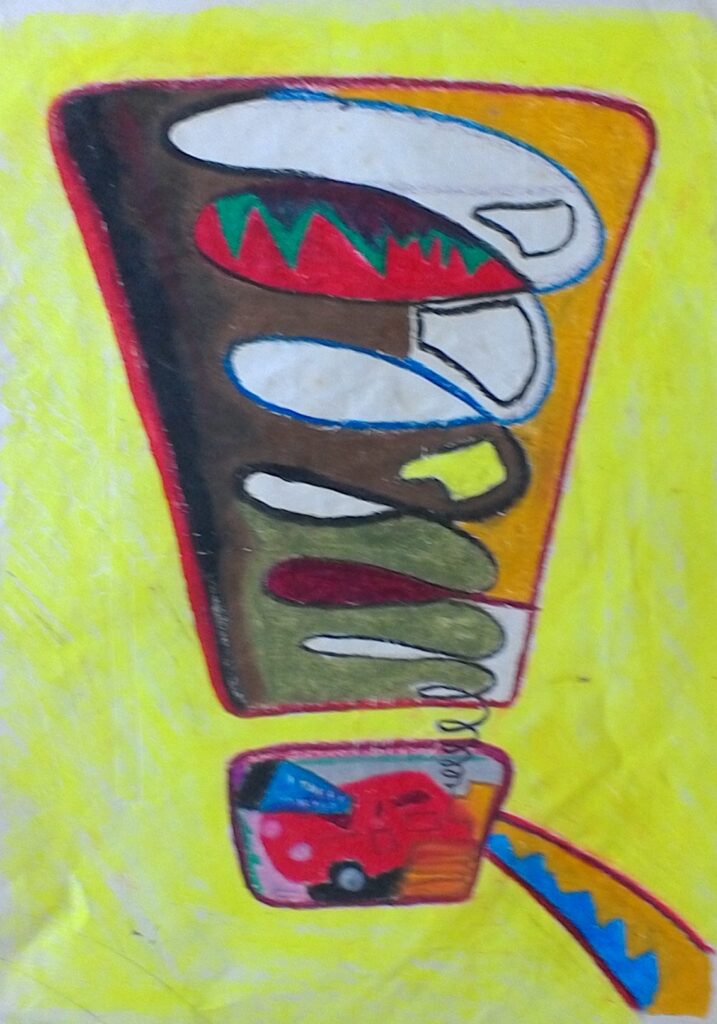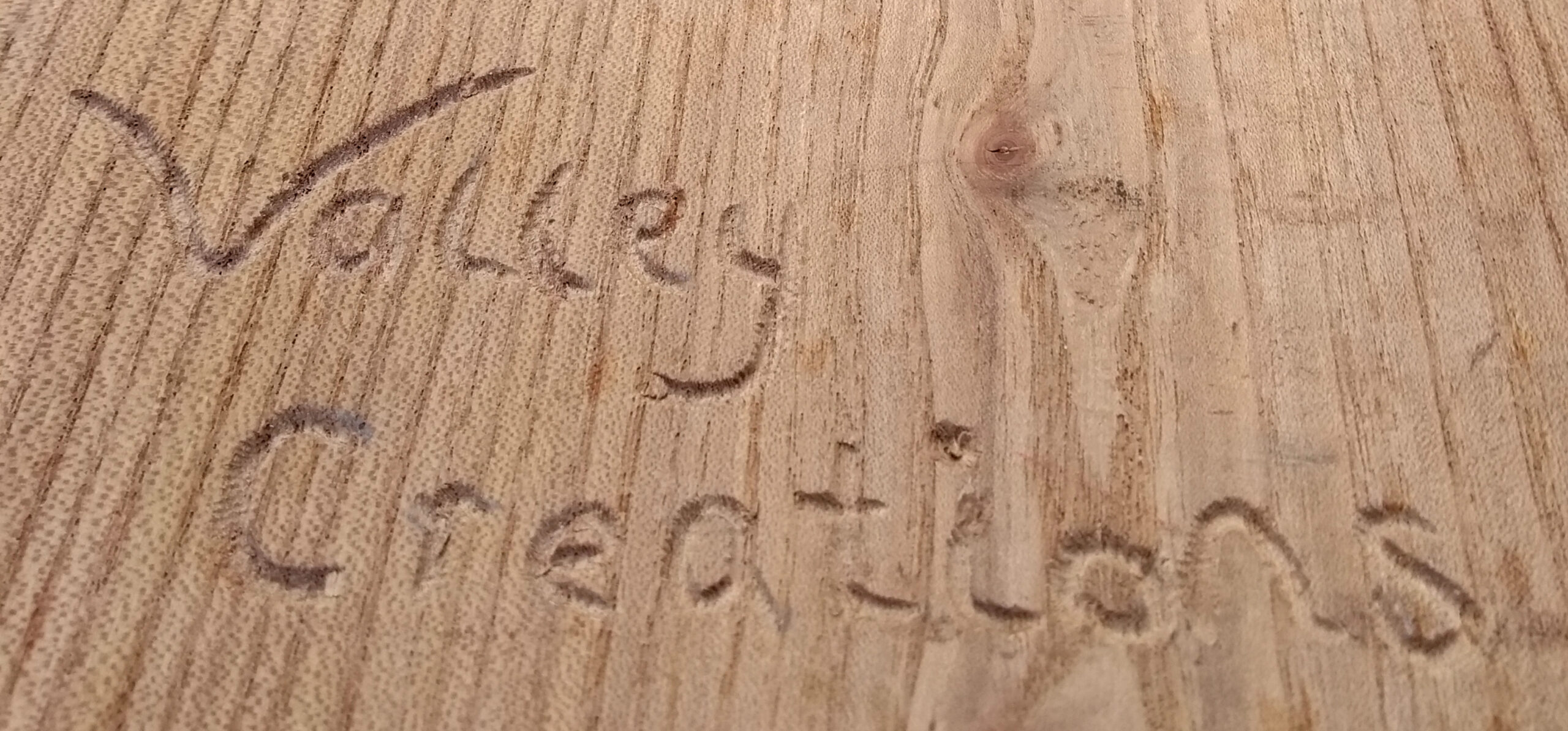
In one way or another, I’ve been studying and doing art and craft for more than sixty years. I’ve also been involved with performance of various kinds, crossing art boundaries. For more than a decade I’ve taken people round the Yorkshire Sculpture Park, on the historic West Bretton Estate and talked to every sort of person, from different parts of the world, about art and history. One of the things I stress to people about YSP is that the park itself is a giant sculpture.

Talking to people has made some things particularly clear to me and below are some key points I have learned.
Art is both subconscious and conscious. Most animals, including us, seem to have a sense of shape and form and also sound. Some of us animals use those senses for display and communication purposes. This means that art can have multiple levels of appeal.

Because art has been around as long as we have it is plain that it is important to us in some way.
Art has never had one particular way of doing things, though there have been plenty of attempts to enforce a particular way.
The separation of art from craft is not really helpful.

Even the best artists never fully achieve what they want, let alone satisfy all the people all the time.
Human competitiveness means that arts are often used to show off and to demonstrate superiority and thus other people’s inferiority. You should never let that last tendency put you off trying out your artistic skills, if you, and even someone else, might get enjoyment from the attempt.

Some people can just control themselves better and practice doesn’t make perfect in such complicated skills. Equally, even with control and practice people can still produce neat, colourful but not very interesting art.
We all borrow ideas from others. It can’t be helped. Children’s art is already full of borrowed ideas and styles but can still have a personal impact without complicated skills. We all have to make a compromise to achieve whatever we want to achieve.

Art can look like something but it doesn’t have to copy that thing completely.
Art can be abstract but that doesn’t mean it can’t also represent something or some idea or emotion.
When you produce any form of art you are representing a subject, an idea. On top of that, what you produce is influenced by all the things and people you have encountered. Those two things should influence the tools you use to produce the art and those tools should influence the art itself.
Art doesn’t have to be pretty. All forms of art can be used to highlight unpleasant things. There are all sorts of messages in art and the art reflects that.
If your art has a particularly strong emphasis on message then it is of little use if only a small number of the already converted pick that message up.

The, never displayed, work above was called ‘Modern Gods and Heroes’. It is a visual rant about cars, overcrowding, shallow celebrity and eco-failure from around forty years ago. The fact that I’m explaining it speaks of its relative failure. That doesn’t mean that art shouldn’t have a title or explanation.
You are right to question the value of art and the need for public funding but think of all the other things that command higher prices than they perhaps deserve.
Keep looking, thinking, enjoying and trying.
